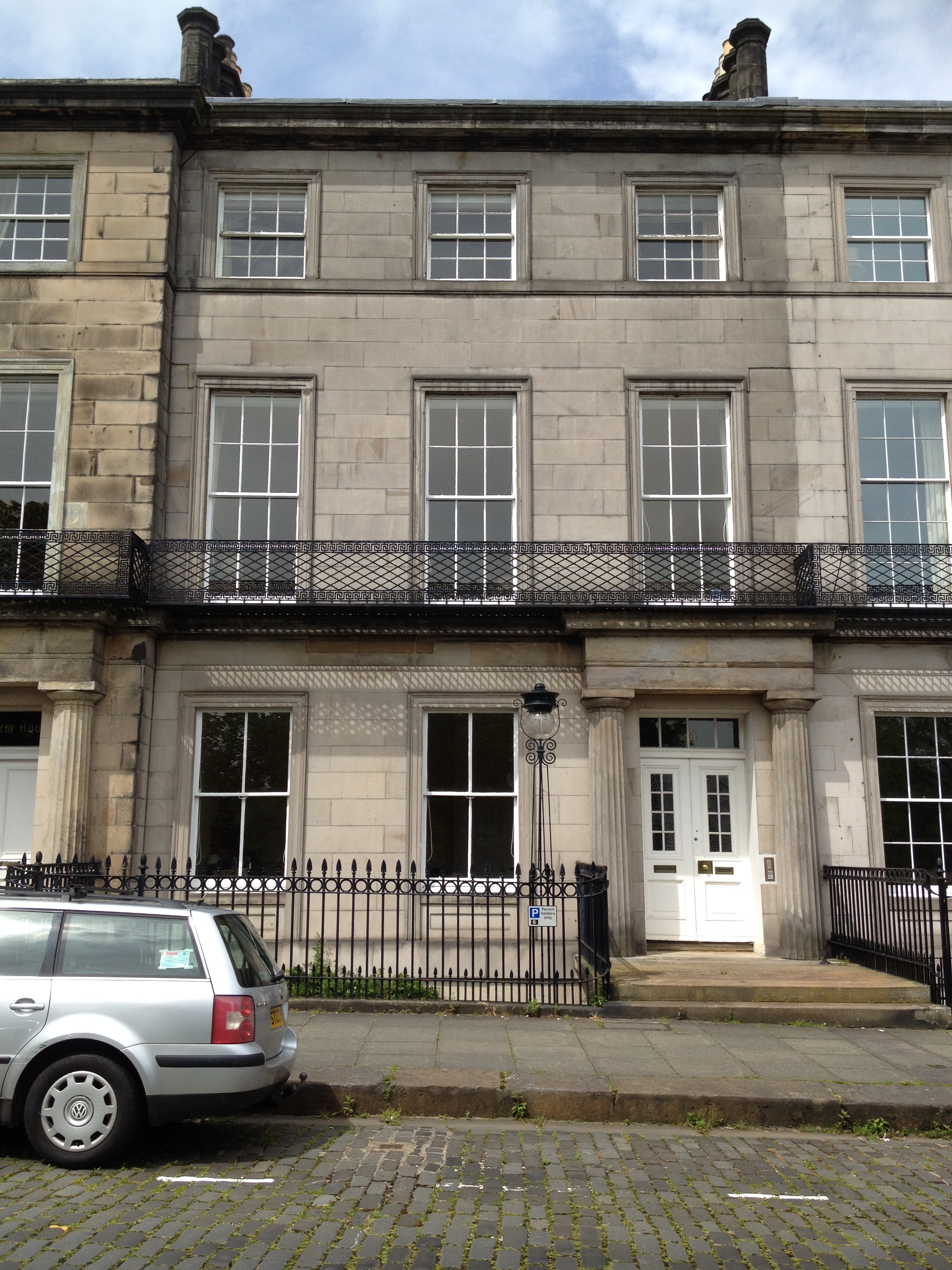Hew Hamilton Dalrymple on:
[Wikipedia]
[Google]
[Amazon]
Sir Hew Hamilton Dalrymple, (27 September 1857– 11 July 1945) was Unionist Party Member of Parliament for
 Later in 1915, Dalrymple became Deputy Lieutenant to
Later in 1915, Dalrymple became Deputy Lieutenant to
Wigtownshire
Wigtownshire or the County of Wigtown (, ) is one of the historic counties of Scotland, covering an area in the south-west of the country. Until 1975, Wigtownshire was an administrative county used for local government. Since 1975 the area has f ...
.
Biography
Hew Hamilton Dalrymple was born on 27 September 1857, the third son ofJohn Dalrymple, 10th Earl of Stair
John Hamilton Dalrymple, 10th Earl of Stair, KT (1 April 1819 – 3 December 1903), styled Viscount Dalrymple from 1853 until 1864, was a Scottish peer and politician, who served as Governor of the Bank of Scotland for thirty-three years.
Bio ...
and was educated at Harrow School
(The Faithful Dispensation of the Gifts of God)
, established = (Royal Charter)
, closed =
, type = Public schoolIndependent schoolBoarding school
, religion = Church of E ...
. In 1877, he joined the Royal Scots Fusiliers
The Royal Scots Fusiliers was a line infantry regiment of the British Army that existed from 1678 until 1959 when it was amalgamated with the Highland Light Infantry (City of Glasgow Regiment) to form the Royal Highland Fusiliers (Princess Mar ...
as a second lieutenant, subsequently rising to the rank of Major. In 1908, he was appointed to the rank of Brigadier in the Royal Company of Archers
The Royal Company of Archers, The King's Bodyguard for Scotland is a ceremonial unit that serves as the Sovereign's bodyguard in Scotland—a role it has performed since 1822 during the reign of King George IV when the company provided a perso ...
.
Throughout his life, he had an interest in the arts. In April 1912 he became one of the Trustees of the National Galleries of Scotland
National Galleries of Scotland ( gd, Gailearaidhean Nàiseanta na h-Alba) is the executive non-departmental public body that controls the three national galleries of Scotland and two partner galleries, forming one of the National Collections o ...
, becoming chairman of the Trustees in 1930. He would remain chairman until his resignation from the post in 1944.
He was the unopposed candidate for the seat of Wigtownshire at the by-election in 1915. The seat was previously held by his nephew, John Dalrymple, 12th Earl of Stair. The by-election was caused by John Dalrymple's succession to his Earldom. At the time, John Dalrymple was a prisoner of war in Germany, having been captured in 1914 during the Retreat from Mons
The Great Retreat (), also known as the retreat from Mons, was the long withdrawal to the River Marne in August and September 1914 by the British Expeditionary Force (BEF) and the French Fifth Army. The Franco-British forces on the Western Fr ...
.
Wigtownshire
Wigtownshire or the County of Wigtown (, ) is one of the historic counties of Scotland, covering an area in the south-west of the country. Until 1975, Wigtownshire was an administrative county used for local government. Since 1975 the area has f ...
. He remained a Member of Parliament for three years, until his seat was abolished in 1918. He was made a Knight Commander of the Royal Victorian Order
The Royal Victorian Order (french: Ordre royal de Victoria) is a dynastic order of knighthood established in 1896 by Queen Victoria. It recognises distinguished personal service to the British monarch, Canadian monarch, Australian monarch, or ...
in the 1932 New Year Honours
The 1932 New Year Honours were appointments by King George V to various orders and honours to reward and highlight good works by citizens of the United Kingdom and British Empire. They were announced on 29 December 1931.
The recipients of honour ...
and was an honorary member of the Royal Scottish Academy
The Royal Scottish Academy (RSA) is the country’s national academy of art. It promotes contemporary Scottish art.
The Academy was founded in 1826 by eleven artists meeting in Edinburgh. Originally named the Scottish Academy, it became the ...
.
Dalrymple lived in Edinburgh
Edinburgh ( ; gd, Dùn Èideann ) is the capital city of Scotland and one of its 32 Council areas of Scotland, council areas. Historically part of the county of Midlothian (interchangeably Edinburghshire before 1921), it is located in Lothian ...
for many years, living at 24 Regent Terrace,Mitchell , Anne (1993), "The People of Calton Hill", Mercat Press, James Thin, Edinburgh, . a Regency house that overlooked Holyrood Palace
The Palace of Holyroodhouse ( or ), commonly referred to as Holyrood Palace or Holyroodhouse, is the official residence of the British monarch in Scotland. Located at the bottom of the Royal Mile in Edinburgh, at the opposite end to Edinbu ...
, was visited by Queen Mary and was a well-known figure in the city. He died in his home on 11 July 1945, unmarried and without issue.
References
Members of the Parliament of the United Kingdom for Scottish constituencies 1857 births 1945 deaths Hew People educated at Harrow School Knights Commander of the Royal Victorian Order UK MPs 1910–1918 Unionist Party (Scotland) MPs Younger sons of earls {{Conservative-UK-MP-1850s-stub